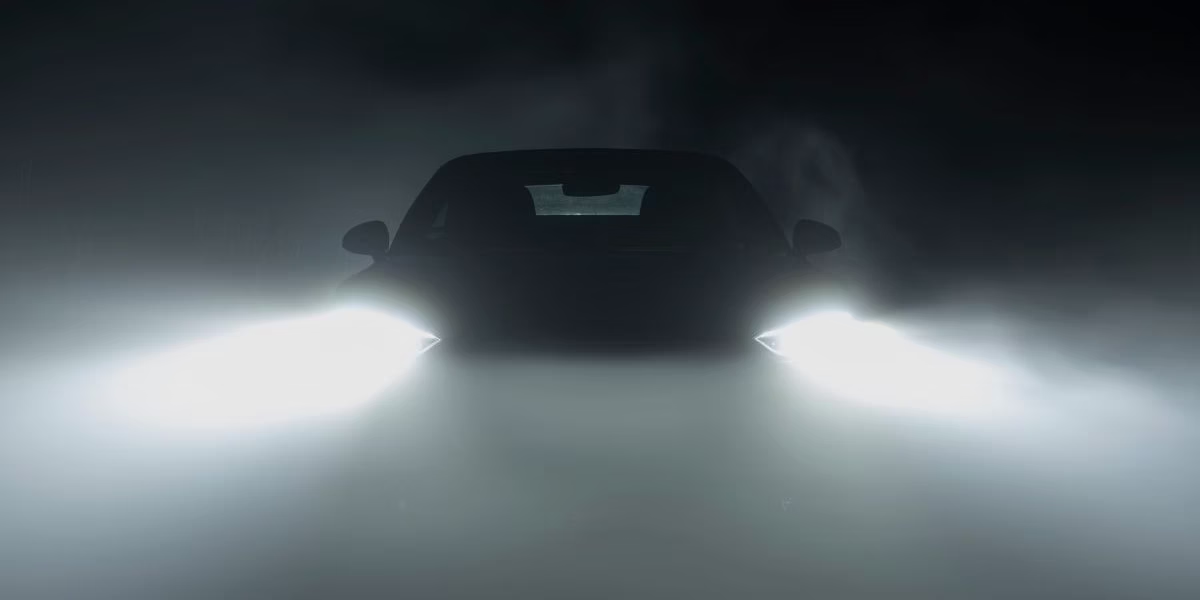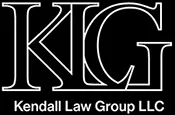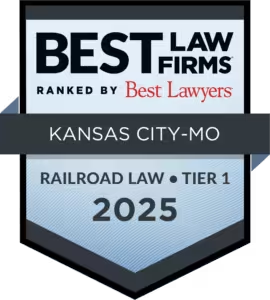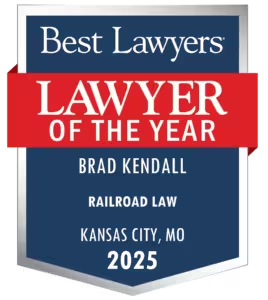
Proper Use of High-Beam Headlights: Enhancing Kansas City Road Safety
Driving safely is a responsibility shared by all road users, and the proper use of high-beam headlights is a key factor in maintaining visibility and preventing accidents. Whether you are navigating dimly lit rural roads, bustling highways, or well-lit urban streets, knowing when and how to use your brights is essential for protecting yourself and others. At Kendall Law Group LLC, our Kansas City auto accident injury trial lawyers are dedicated to fostering safer driving habits and supporting those impacted by negligence. Here, we offer practical guidance on the responsible use of high beams to help you stay safe on the road and reduce the risk of accidents.
What Are High-Beam Headlights?
High-beam headlights, often referred to as “brights,” are a type of vehicle lighting that provides a stronger and more focused beam of light compared to low-beam headlights. They are designed for use in low-visibility conditions, such as on dark rural roads or highways, where enhanced illumination is necessary. High beams typically cast light further and higher than low beams, illuminating a wider area and making it easier to detect potential hazards from greater distances.
Key Features of High-Beam Headlights:
- Brightness: Provide more lumens than low beams for better long-range visibility.
- Beam Angle: Directed higher and straighter to illuminate a broader area.
- Manual or Automatic Activation: Operated manually or through automatic high-beam systems in modern vehicles, which adjust based on oncoming traffic or ambient lighting conditions.
When to Use High-Beam Headlights
High-beam headlights are designed to provide enhanced illumination for drivers in challenging conditions. Knowing when to use them can make all the difference in ensuring a safe journey:
- Dark, Rural, or Unlit Roads On roads without streetlights, high beams offer crucial visibility by lighting up the road ahead and surrounding areas. They help drivers spot hazards like wildlife, fallen branches, or sharp turns with enough time to react.
- Low-Traffic Areas In sparsely populated areas or remote regions where oncoming traffic is minimal, high beams improve the detection of potential obstacles and ensure safer navigation.
- Open Highways High beams are especially useful on open highways without nearby vehicles. They allow drivers to detect hazards such as broken-down cars or debris from a safer distance.
When NOT to Use High-Beam Headlights
While high beams can be beneficial in certain situations, their misuse poses significant risks. Avoid using high beams in the following circumstances:
- Oncoming Traffic High beams can cause glare blindness for oncoming drivers, impairing their ability to see the road. Always dim your brights within 500 feet of an approaching vehicle.
- Following Another Vehicle Brights reflecting off another vehicle’s rearview or side mirrors can hinder the driver’s visibility. Switch to low beams when you’re within 300 feet of the car ahead.
- Adverse Weather Conditions High beams scatter light in fog, rain, or snow, creating glare and reducing visibility. Use low beams in such conditions for safer driving.
- Well-Lit Urban Areas In well-lit areas, high beams are unnecessary and can cause glare for other drivers. Stick to low beams in these environments to ensure a safe commute.
- Intersections and Pedestrian Crossings Using high beams at intersections or pedestrian crossings can blind pedestrians or drivers waiting to cross. Low beams are sufficient in these scenarios.
The Dangers of Improper High-Beam Usage
Misusing high beams not only puts other road users at risk but also increases the likelihood of accidents for the driver. Here’s how improper high-beam use can cause harm:
- Temporary Blindness Bright headlights can cause “glare blindness,” a temporary inability to see after being exposed to intense light. This can lead to dangerous delays in reaction time.
- Reduced Reaction Time Drivers blinded by high beams may fail to notice hazards in time to avoid them, increasing the likelihood of collisions.
- Poor Weather Visibility Using high beams in adverse weather conditions can make it harder to see by scattering light and creating excessive glare, obscuring visibility further.
- Distracting Other Drivers High beams can distract or confuse other drivers, causing errors that may lead to accidents.
State Laws on High-Beam Headlight Usage
Drivers in Kansas City and surrounding states must adhere to regulations designed to prevent high-beam-related accidents. Below is a summary of high-beam headlight laws for Kansas and neighboring states:
| State | Dim High Beams for Oncoming Traffic | Switch to Low Beams When Following | Additional Requirements |
| Kansas | 500 feet | 300 feet | Headlights required during adverse weather. |
| Missouri | 500 feet | 300 feet | Use headlights 30 minutes after sunset. |
| Iowa | 1,000 feet | 400 feet | Use headlights when visibility is less than 500 feet. |
| Nebraska | 500 feet | 200 feet | Headlights required in insufficient light. |
| Oklahoma | 1,000 feet | 600 feet | Use headlights when visibility is less than 1,000 feet. |
| Arkansas | 500 feet | 200 feet | Use headlights in inclement weather. |
Safe Driving Tips for Using High Beams
Follow these practical tips to enhance road safety and prevent glare-related accidents:
- Dim Your Lights: Always dim your brights within 500 feet of oncoming traffic and 300 feet when following another vehicle.
- Use Low Beams in Adverse Weather: In fog, rain, or snow, rely on low beams to reduce glare and maintain clear visibility.
- Adjust Your Mirrors: Properly aligned mirrors can minimize glare from other vehicles’ high beams.
- Focus on the Road’s Edge: If blinded by oncoming high beams, shift your focus to the right edge of the road to maintain control until your vision recovers.
Statistics on High-Beam Headlight Usage
Studies and statistics emphasize the impact of proper headlight use on road safety:
- Glare-Induced Accidents: High-beam glare is responsible for an estimated 12%-15% of traffic accidents in the United States.
- Headlight Quality: Vehicles with well-rated headlights experience 19% fewer nighttime crashes compared to those with poor-rated headlights.
- Driver Feedback: Many drivers report discomfort or temporary blindness due to improper high-beam use, highlighting the importance of responsible lighting practices.
Kansas City Auto Accident Injury Trial Lawyers
At Kendall Law Group, we know the devastating consequences of accidents caused by improper headlight usage and other forms of negligence. Responsible use of high beams is critical to road safety, and adherence to state laws and guidelines can significantly reduce accidents.
If you or a loved one has been injured in a car accident, we’re here to help. Contact Kendall Law Group LLC today for a free consultation and let us help you navigate the road to justice and fair compensation. Call (816) 531-3100 or reach out HERE.






